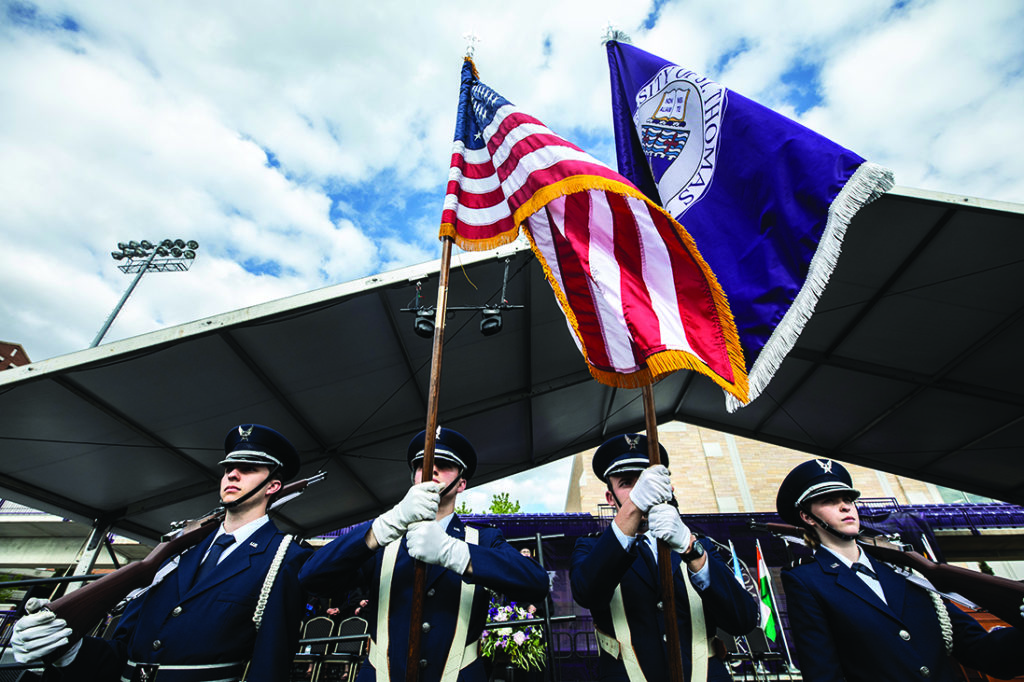William Cavert, history professor at the University of St. Thomas College of Arts and Sciences, recently spoke with The Times (UK) regarding the history of pollution that is in the air and water throughout London and how some have managed to escape it.

From the story:
William Cavert, a historian of pollution in London from the University of St Thomas in Minnesota, says that success has been mixed. “In London, there is a 400-year history of the rich trying to remove themselves from air dirtied by coal, industry and car exhaust,” he says. “By the 18th century elites had largely fled the heart of the city and made districts that were supposed to be cleaner and clearer.”
Through a semi-organic process, he explains, the West End became the preserve of the wealthy. The East End, in the lee of prevailing winds, was where the poor coughed and hacked their way from cradle to grave. In reality, though, it was a far from satisfactory arrangement. “It’s only ever been partially successful because air moves too freely to restrict pollution or infection.”
This is why, even in the Bryanston, air filtration is a selling point. In it, from hidden vents, the air from that park is passed through a suite of filters, taking out pollen, viruses, soot and nitrogen oxides. It is sifted and sieved, strained and sorted. On its way in, it exchanges heat with the air on its way out. Like all filtration systems, it provably slashes particulate concentration, of both viruses and pollution.







